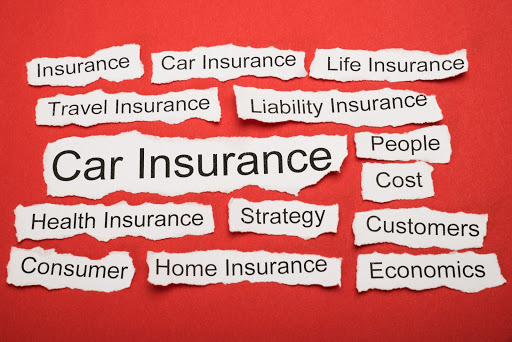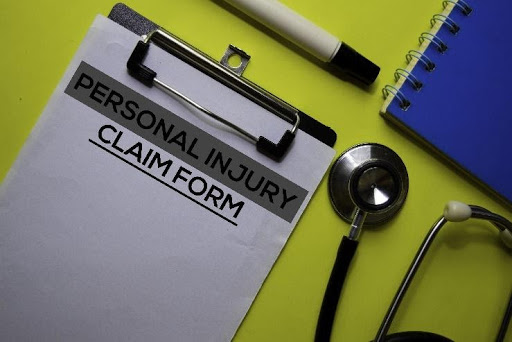Is There a Cap For Non-Economic Damages in Florida?
Does Florida Cap Non-Economic Damages Like Pain And Suffering For A Person Injured In A Car Accident?

In addition to having a strong effect on arbitration judgments handed down by jury and judge, these laws have an impact on sums won in nearly 95 percent of cases that end up in settlements or other outcomes.
Let’s take a look at what a personal injury defendant may expect to do while coping with the state’s harm limit scheme.
What is Compensatory damage?
Compensatory damages include the most direct results of an accident. This includes collateral loss, as well as medical costs for the care of wounded body parts or bodily functions, deformities, and other direct injuries. It also deals with less concrete problems, such as trauma.
The State of Florida does not place any limits on compensation damages. The claimants, however, need to thoroughly record any damages that they might be seeking. These can cover a variety of alarming consequences, including the loss of future earning opportunities.
What are Non-Economic Damages?

In 2017, however, the state courts ruled that these standards “arbitrarily limit the award of damages to claimants who suffer the most serious injury.” Insurance firms and physicians argued that these caps were required to protect their respective businesses, but the court did not concur with them. The old regulations were strictly aimed at supporting the medical profession and thus did not apply to other forms of personal injury claims.
Under the new conditions, non-economic damages in Florida can be sought without restriction in all forms of cases.
It is fair to believe that politicians would be forced to work on a decision that focuses on infringements of the U.S. Equal Rights clause. For the time being, however, there is no capped non-economic damage in Florida.
What are some of the Examples of Punitive damage?
The State of Florida does place harm limits on the amount of money that can be given as a remedy for alleged misconduct added to a personal injury lawsuit. Punitive damages are limited to three times the amount of compensation, or $500,000. If the penalty loss exceeds $500,000, the jury shall be ordered to allocate the higher amount. In that respect, the cap is not a rigid limit but an effort to prohibit the jury from imposing punitive damages far greater than the award.
Florida is still very strict about whether citizens should also demand punitive damages. The actions involved must be extremely serious, such as when a trucking company shows a trend of purposely overlooking bad driving records in the recruiting process.
As a consequence, we do not see any punitive damages in the majority of cases of personal injuries in Florida.
Conclusion

